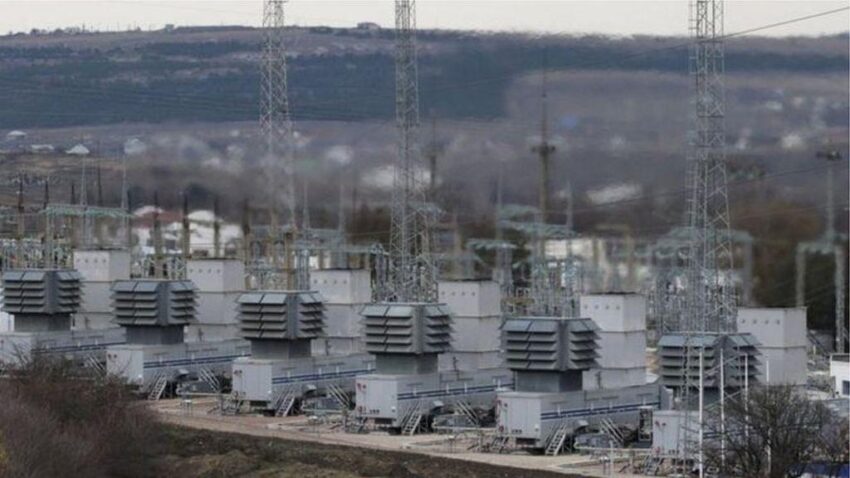Ukrainian Cyberattack on Gazprom: Key Insights
The Ukrainian Main Directorate of Intelligence has launched a significant cyber assault targeting contractors associated with Gazprom, Russia’s state-owned energy giant. The primary focus of this operation was Gazstroyprom, a company based in St. Petersburg that oversees Gazprom’s gas production, transportation, and processing activities throughout the country. The decision to infiltrate this organization stemmed from its role in supporting Moscow’s military aggression against Ukraine, particularly along the eastern border.
This coordinated cyber operation, executed with the assistance of the Ukrainian Armed Forces, also affected 22 additional companies involved in the development and maintenance of Russia’s oil and gas infrastructure. Reports suggest that the hacking endeavor resulted in the disabling of more than 120 physical computer servers and targeted extensive file storage systems, which contained around 2,000 terabytes of critical documentation. Furthermore, approximately 10,000 computers belonging to employees across these firms were rendered inoperable, with the estimated financial damage reaching into the hundreds of millions of dollars.
Strengthening Cyber Defense Capabilities
In light of the ongoing conflict, Ukraine is ramping up its cyber defense strategies with significant financial backing from international partners. For the fiscal year 2024, Ukraine has secured over $500 million to bolster its cyber capabilities as it faces continued threats from Russia. An additional allocation of more than $5.2 million is anticipated in early 2025, indicating a strong commitment to enhancing its cybersecurity measures.
Moreover, Kyiv has announced plans to establish a new military branch dedicated specifically to cybersecurity, reflecting the urgent need to address rising digital threats. To further support these initiatives, the Ukrainian defense agency has initiated the development of an incident response hub, designed to counter enemy cyberattacks targeting critical infrastructure. This proactive approach aims to strengthen the military’s resilience against potential cyber threats in the future.







